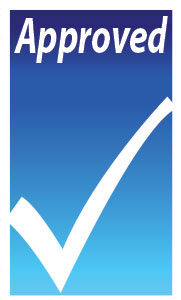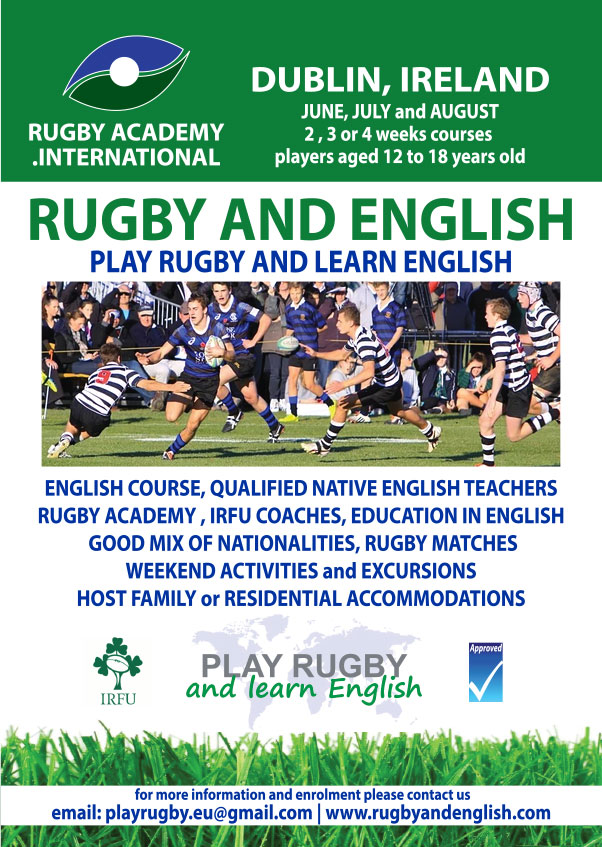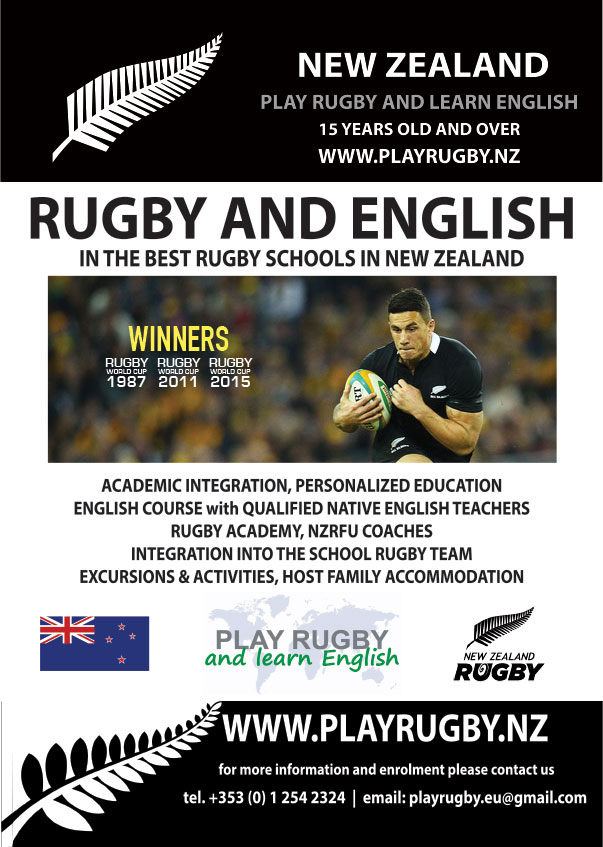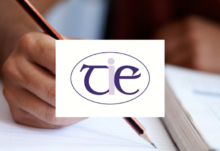English Course: Our practice
Common European Framework of Reference for Languages
What is the Common European Framework of Reference?
The Common European Framework of Reference gives you a detailed description of learner level by skill, in a language-neutral format. It is a useful reference document for school directors, syllabus designers, teachers, teacher trainers and proficient learners.
The CEFR has three broad bands – A, B and C. Each of those bands is divided into two, giving us six main levels.
Is it just about levels?
The CEFR has been very significant in language learning and teaching because its impact goes beyond merely describing learner levels. It has underpinned a particular approach to language learning as the one most commonly recommended or expected in language teaching today. This approach is based on the notion of communicative proficiency – the increasing ability to communicate and operate effectively in the target language. The descriptions of levels are skills-based and take the form of Can Do statements, as in the examples below. These descriptions of ability focus on communicative purpose and make for a very practical approach, which looks at what people can do – rather than on specific linguistic knowledge.
CEFR is particularly useful because it applies the same set of levels to all the various sub-skills and areas of competence: the basic four skills (speaking, reading, writing and listening), communicative language (e.g. turn-taking, asking for clarification), types of interaction (e.g. obtaining goods and services, interviewing), and more linguistic skills (e.g. vocabulary range, phonological control). It allows you link up skills in each of these areas with the student’s overall level.
Progressing through the CEFR levels
The CEFR helps us understand the different levels of language proficiency. It also helps us understand how learners progress through the levels.
CEFR
| CEFR code | CEFR Levels | CEFR Description | Cambridge English | Cambridge Exam |
|
C2 |
MASTER |
• Can understand with ease virtually everything heard or read. • Can summarise information from different spoken and written sources, reconstructing arguments and accounts in a coherent presentation. • Can express him/herself spontaneously, very fluently and precisely, differentiating finer shades ofmeaning even in more complex situations. | Proficiency | CPE |
|
C1 |
ADVANCED |
• Can understand a wide range of demanding, longer texts, and recognise implicit meaning. • Can express him/herself fluently and spontaneously without much obvious searching for expressions. • Can use language flexibly and effectively for social, academic and professional purposes. • Can produce clear, well-structured, detailed text on complex subjects, showing controlled use of organisational patterns, connectors and cohesive devices. |
Advanced | CAE |
|
B2 | UPPER INTERMEDIATE |
• Can understand the main ideas of complex text on both concrete and abstract topics, including technical discussions in his/her field of specialisation. • Can interact with a degree of fluency and spontaneity that makes regular interaction with native speakers quite possible without strain for either party. • Can produce clear, detailed text on a wide range of subjects and explain a view point on a topical issue giving the advantages and disadvantages of various options. |
First | FCE |
|
B1 | INTERMEDIATE |
• Can understand the main points of clear standard input on familiar matters regularly encountered in work, school, leisure, etc. • Can deal with most situations likely to arise whilst travelling in an area where the language is spoken. • Can produce simple connected text on topics, which are familiar, or of personal interest. • Can describe experiences and events, dreams, hopes and ambitions and briefly give reasons and explanations for opinions and plans. |
Preliminary | PET |
|
A2 | ELEMENTARY |
• Can understand sentences and frequently used expressions related to areas of most immediate relevance (e.g. very basic personal and family information, shopping, local geography, employment). • Can communicate in simple and routine tasks requiring a simple and direct exchange of • Can describe in simple terms aspects of his/her background, immediate environment and matters in areas of immediate need. |
Key | KET |
|
A1 | BEGINNER |
• Can understand and use familiar everyday expressions and very basic phrases aimed at the satisfaction of needs of a concrete type. • Can introduce him/herself and others and can ask and answer questions about personal details such as where he/she lives, people he/she knows and things he/she has. • Can interact in a simple way provided the other person talks slowly and clearly and is prepared to help. |
Movers, Flyers | YLE |
Common European Framework of Reference for Languages
Which countries recognise the CEFR?
It’s difficult to answer this question clearly, partly because the situation is changing quickly, and partly because it’s difficult to say how many organisations in a country need to recognise the CEFR before we can say it has widespread recognition. We are aware of organisations in almost every country we work in making reference to the CEFR at some level. It is certainly recognised in all European countries but is increasingly referred to at national or regional policy levels in many countries in Asia, the Middle East, Latin America and Australasia. Universities, schools and colleges increasingly use the CEFR as a common framework for describing language levels. You can see some information on global recognition of the CEFR at link https://www.englishprofile.org/images/pdf/GuideToCEFR.pdf
Use of CEFR around the world.
The CEFR has been adopted by 41 members of the European federation. The Framework is used for planning syllabuses, examinations, teaching materials, and teacher training programs throughout Europe. All of the major language tests coming from European institutions that are used around the world are adapting their tests to the CEFR. IELTS, BULATS, ESOL, TESOL, BEC are just a few well-known examples.
All educational institutions in Europe have adopted the CEFR. By extension, all internationally operating European based language institutions are using the CEF. For example, Cambridge ESOL, The British Council, Alliance Francais.
Institutions from outside of Europe offering teaching and testing programs within Europe are also adopting the CEFR standards. The most prominent example is the ETS (Education Testing Service) who has mapped TOEIC and TOEFL to the CEFR for use within Europe.
The Standing Committee on Language Education and Research (SCOLAR), a committee advising the government of Hong Kong on language issues, has adopted the CEF for language assessment. They use the CEFR for the Hong Kong Working English Benchmarks (HKWEB). Private and public institutions in Hong Kong are following their example.
The Foreign and Commonwealth Office in London is in the process of adopting the CEF as the reference framework for all languages of Sovereign States.
The New Zealand Ministry of Education benchmarks performance at various stages of schooling against the CEFR. After adopting the CEFR to redevelop the curricula for learning German and French, the New Zealand Ministry of Education then redeveloped the curricula for learning the indigenous Maori language based on the CEFR. The extent of the CEFR influence on the New Zealand education system can be seen by the fact that the whole education policy of New Zealand has been redeveloped and renamed in a way that closely follows the structure of the CEFR itself. The official policy is centered on the New Zealand curriculum framework, in the form of the New Zealand curriculum framework document. The language of the framework, along with its aims and objectives closely follow the philosophy and ideas contained in the CEFR.
In New Zealand, the CEFR was adopted for language teaching and assessment because it has the advantage of being able to draw on the research that had underpinned the development of levels, objectives, and descriptors for that project. It gave access to the expertise of a large number of researchers in New Zealand and around the world, who had worked on a wide range of languages and the Common European Framework of Reference has saved us a huge amount of research time.
The Australian government has commissioned the Language Testing Research Center of the University of Melbourne to do a feasibility study into using the CEFR as a national benchmark for a range of public and private institutions.
In Japan, there was a CEFR symposium at the Osaka University of Foreign Studies in March this year, supported by the Ministry of Education: A New Direction in Foreign Language Education: the Potential of the Common European Framework of Reference for Languages. Osaka University of Foreign Studies uses the CEFR for all 25 languages studied there. The Ministry of Education in Japan is studying the CEFR and its applications.
Chile, Columbia and Mexico are using the CEFR for assessment and curricula design. http://www.cambridge.org/us/esl/IC3/teacher/faq_katealex.htm
The CEFR is also being used by the education ministry of Canada (pilot studies).
In the USA, LinguaFolio is being designed to bring together ACTFL standards and those of the Common European Framework (CEFR).
In conclusion, it can be seen that the CEFR is creating a significant impact around the world. Its influence has gone far beyond the borders of Europe and has even extended outside of the sphere of language learning itself. The strength of the framework lies in its ability to give illustrative descriptions of the scales and levels of language proficiency. In doing so, it offers an insight into what language is and how it is used and learned and how it is best taught. It manages to do this without being prescriptive or limiting. It is also designed to provide transferability across, institutions, political borders, languages and even subject areas. It is designed to produce a global citizen in a plurilingual world.
Sources
Language Policy of Hong Kong: Its impact on language education and language use in post-handover Hong Kong? Anita Y.K Poon, Journal of Taiwan Normal University: Humanities and Social Sciences, 2004.
Council of Europe http://www.coe.int
Discussion list of EALTA ~ personal communication with professionals in the field.
Discussion list of ILTA ~ personal communication with professionals in the field.
LinguaFolio: Benefiting from American Pilot Experiences with European Language Portfolios (ACTFL 2006 40th Annual Convention & Exposition)
Creating a curriculum for indigenous and community languages: te reo Maori as an example.?Ian Bruce and Hemi Whaanga, He Puna Korero: Journal of Maori and Pacific Development, University of Waikato, 2002
ENGLISH COURSE
ENGLISH COURSE DETAILS
| Age Grade: Students 15 to 18 years old (January – February 2018), 12 to 18 years old (July – August 2018) |
| Type of course: General English with standards recognised by ACELS |
| Durantion: 2 or more weeks |
| Assessments: Assessment test before the start of the course, weekly progress and End-of-Course Assessments |
| Level of English: All levels available, from Elementary (A1) to Advanced (C1) |
| English classes per week: 15 hours (two 90-minute lessons per day) |
| Module: Two teachers working alternately with each class |
| Students per class: Maximum of 15 students per class |
| Course Materials: All included |
| Diploma: Certificate of Attendance and Completion |
| Teachers: All our teaching staff are university graduates and qualified to teach English as a foreign language (TEFL) |
| Extra Curricular activities: Excursions, Leaisure and Sport Activies |
| Add on: Intensive English, TIE Exam, Trinity Exam, Cambridge Exam preparation |
ENGLISH COURSE CONTENTS
General English Course
Students generally attend classes in the morning which follow the same layout as a General English Course. There are 15 hours English classes per week held Monday to Friday and split into two 90 minute lessons per day. Class size is restricted to a maximum of 15 students and all levels are available from Elementary (A1) to Advanced (C1).
Two teachers, covering different prearranged areas of the syllabus, work alternately with each class. One teacher takes the first 90-minute session which focuses on language in use, vocabulary and grammar practice. After a short break, the second teacher starts the next 90-minute session which covers conversational practice, pronunciation, listening and speaking. This work share provides variety for the students and allows them to benefit from different personalities and teaching styles.All our teaching staff are university graduates and are qualified to teach English as a foreign language (TEFL).
TEACHERS AND STAFF
Teachers and Staff
All of the staff at “Rugby and English” are committed to offering students the best education during their stay. We inspire students to work diligently to improve in all aspects of the English language.
Our experienced teaching staff are well trained and highly qualified in what they teach. They are up to date with the latest methods in teaching English as a foreign language and combine academic excellence with the sensitivity and receptiveness for each student’s individual needs, talents and potential.
All “Rugby and English” teachers are university graduates with qualifications in teaching English as a Foreign Language (TEFL) and are respected for their knowledge and professionalism.
English Course Certificate
ENGLISH COURSE CERTIFICATE
English Course Certificate
Students will receive the English course materials and workbooks as part of the programme. After completion of the English course, a Certificate of Attendance will be issued to each student. It certifies the progress that has been made and the level of English reached.
CLASSES AND ACTIVITIES (Day one)
Classes and Activities (and day one)
Classes are on from 9:30 until 13:00 with a 30-minute break at 11:00. After class, there is a 60-minute lunch break. After lunch, depending on the programme, there will be sports, activities or a cultural trip. Students must be ready at the designated time.
The first day in the college is somewhat different to the rest. Students are advised to arrive at 9:00 to allow for unforeseen delays as they may not be familiar with the bus timetable or the route. At 9:30 there will be a short introduction by the camp manager and principal. After there will be an assessment test, which is used to determine the level of English so students can be placed in the appropriate class.
After the test students meet in the main hall again. Here a staff member will go through the college rules and some other important information. The students are then taken on a tour of the college. At the end of the tour, students will be divided into their appropriate classes and attend the second-morning class until lunch time. After lunch students on the general course go on a familiarisation trip, while students on the specialised sports courses have training.
Please note that all students on “Play Rugby and Learn English” programme MUST bring their training equipment with them on the first day (Gumshield included!).
Students on the familiarisation tour will arrive back to the college by approximately 17:00. For further excursions to the city centre, students staying with the host families, do not return to the college but travel directly home to the host family.
Students on “Play Rugby and Learn English” programme will finish training at approximately 17:00 – 17:30.
Add on: Intensive English
Add on: Trinity Exam
Add on: TIE Exam
TIE EXAM
Add on:
TIE EXAM (minimum stay 4 weeks)
The Test of Interactive English (TIE) is a recognized English Language Examination designed specifically to meet the needs of all students coming to Ireland to learn and improve their English. TIE is designed to assess learners’ communicative and interactive skills in both predictable and spontaneous situations.
It assesses the students’ level of language ability in speaking and writing, with the receptive skills (reading and listening) being tested indirectly through preparation for the test and through the skills required to interact effectively during the test.
The test is task-based with the content chosen by each individual learner and can, therefore, be used to assess learners with the following needs and motivations:
- learners of English for general purposes;
- learners of English for business, professional or academic purposes;
- learners of English as a second language.
CERTIFICATE After taking TIE, each candidate is awarded a certificate recording their 2 grades. This certificate tells candidates their level for each part of the test – oral and written – and awards them a separate grade for each section.
Add on: Cambridge Exam preparation
EXTRACURRICULAR ACTIVITIES
Extra curricular activities
| Half-day excursions: 1 per week |
| Full day excursions: 1 per week |
| Evening activities: Karaoke, barbecue, Irish night and disco. |
EXTRACURRICULAR ACTIVITIES
Extracurricular Activities
In addition to training, students go on one half day cultural trip per week. These are normally to local visitor attractions such as galleries, museums, sports stadiums or other popular sites. Students travel to the locations with their group leader(s) and one or more “Play Rugby” activity leader. Admission fees are included.
One full day excursion per week, usually on Saturdays, is also included. Students travel to places of interest, normally outside the city, by private bus. Admission fees are included. There are no organised activities on Sundays as many groups, host families or friends like to organise their own day.
Evening activities are held several times every week. These can include discos, Irish nights, karaoke, quiz night, treasure hunts, sports & games competitions, movie nights, barbecues and much more. Evening activities normally take place between 20:00 and 22:00 but this can vary depending on the activity and age group of the students.
The activities programme provides students with an opportunity to absorb some of Ireland’s rich heritage in a fun and relaxed way while also allowing students the opportunity to improve their English. This informal and social aspect of the programme is key to improving language skills. It also allows students from different nationalities to get to know each other outside the classroom. Some of the friendships made at “Rugby and English” will last a lifetime.
Host Family Accommodation
If you wish to receive more information please fill in the form below.
We will reply as soon as possible. Thank you.











